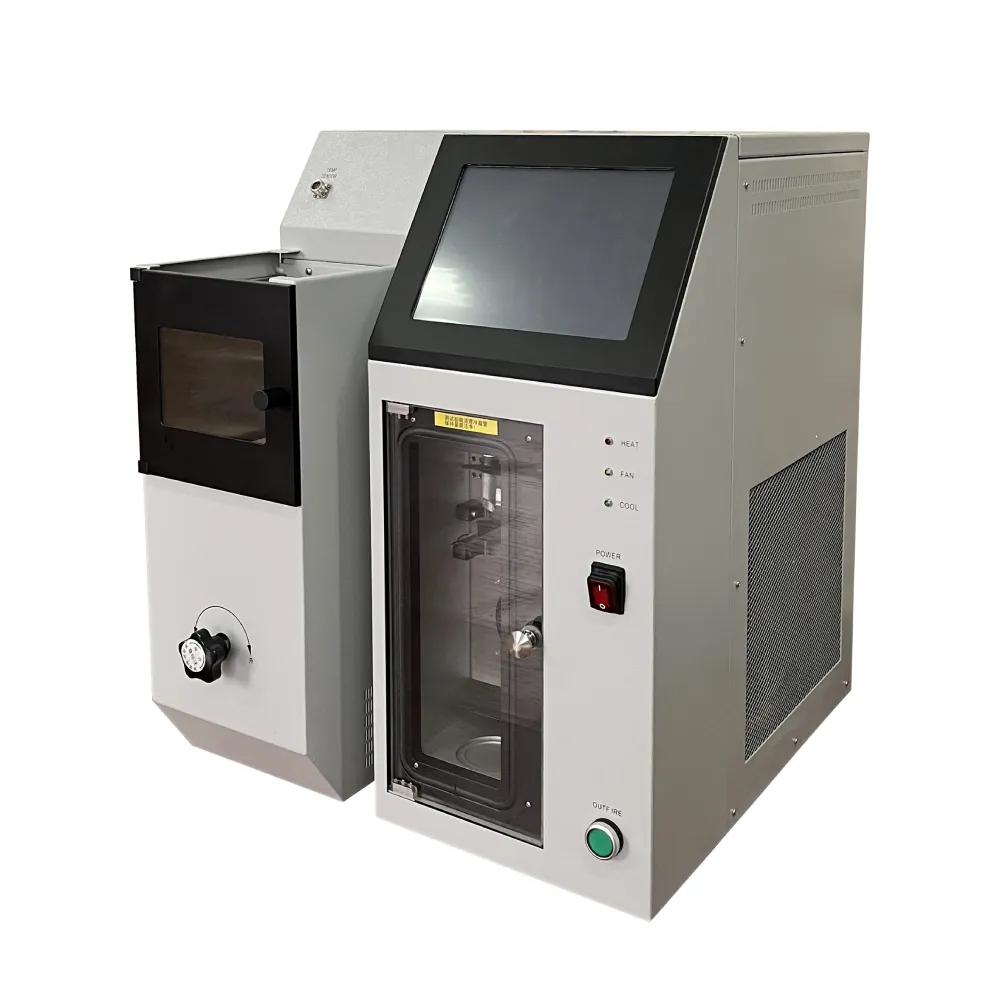 English
English


Testing Methods for Single Phase Transformer Performance Evaluation and Analysis
Testing on Single Phase Transformers A Comprehensive Overview
Single phase transformers are essential components in various electrical distribution systems, particularly in residential and light commercial applications. Testing these transformers is critical to ensure their reliability, efficiency, and safety. This article delves into the significance of testing single phase transformers, the methods employed, and the outcomes typically assessed.
One of the primary reasons for testing single phase transformers is to verify their operational efficiency and to identify any potential faults before they lead to significant failures. Regular testing can prevent downtime, which is especially crucial in settings where continuous power supply is necessary.
There are several tests commonly conducted on single phase transformers. The most fundamental is the winding resistance test, which assesses the resistance of the transformer windings. This test helps detect issues such as loose connections or damaged windings that could hamper performance.
Next is the insulation resistance test. This test evaluates the insulation material's integrity, which is vital for preventing electrical leakage and ensuring safety. A transformer with poor insulation could pose safety hazards, including electrical shocks or fire risks.
test on single phase transformer

Another critical test is the turns ratio test, which compares the number of turns in the primary and secondary windings. This ratio must align with the transformer's specifications to ensure proper voltage transformation. Any discrepancies may indicate winding faults or core-related issues.
Additionally, the power factor test offers insights into the capacitive and inductive characteristics of the transformer. A low power factor can indicate inefficiencies and potential future problems, enabling proactive maintenance.
Finally, the temperature rise test assesses the transformer's performance under load conditions. By monitoring temperature increases, technicians can determine whether the transformer can handle expected operating loads without overheating, thus ensuring longevity and performance stability.
In conclusion, testing single phase transformers is a vital practice for guaranteeing reliability and efficiency in electrical systems. Through various testing methods like winding resistance, insulation resistance, turns ratio, power factor, and temperature rise tests, technicians can identify and address potential issues early. Regular maintenance and testing not only extend the life of transformers but also ensure the safety and efficiency of the entire electrical system. This proactive approach ultimately leads to reduced operational costs and increased reliability for consumers and industries alike.
-
Differences between open cup flash point tester and closed cup flash point testerNewsOct.31,2024
-
The Reliable Load Tap ChangerNewsOct.23,2024
-
The Essential Guide to Hipot TestersNewsOct.23,2024
-
The Digital Insulation TesterNewsOct.23,2024
-
The Best Earth Loop Impedance Tester for SaleNewsOct.23,2024
-
Tan Delta Tester--The Essential Tool for Electrical Insulation TestingNewsOct.23,2024





